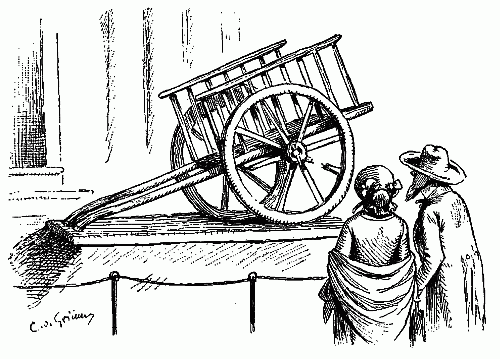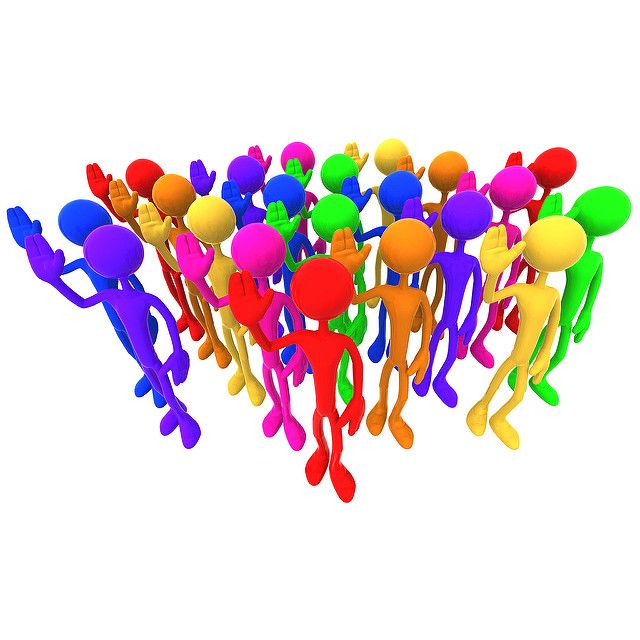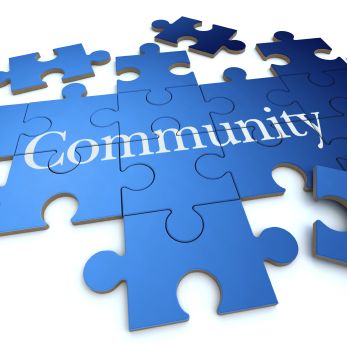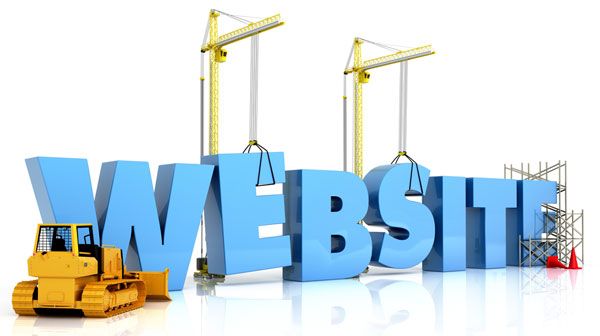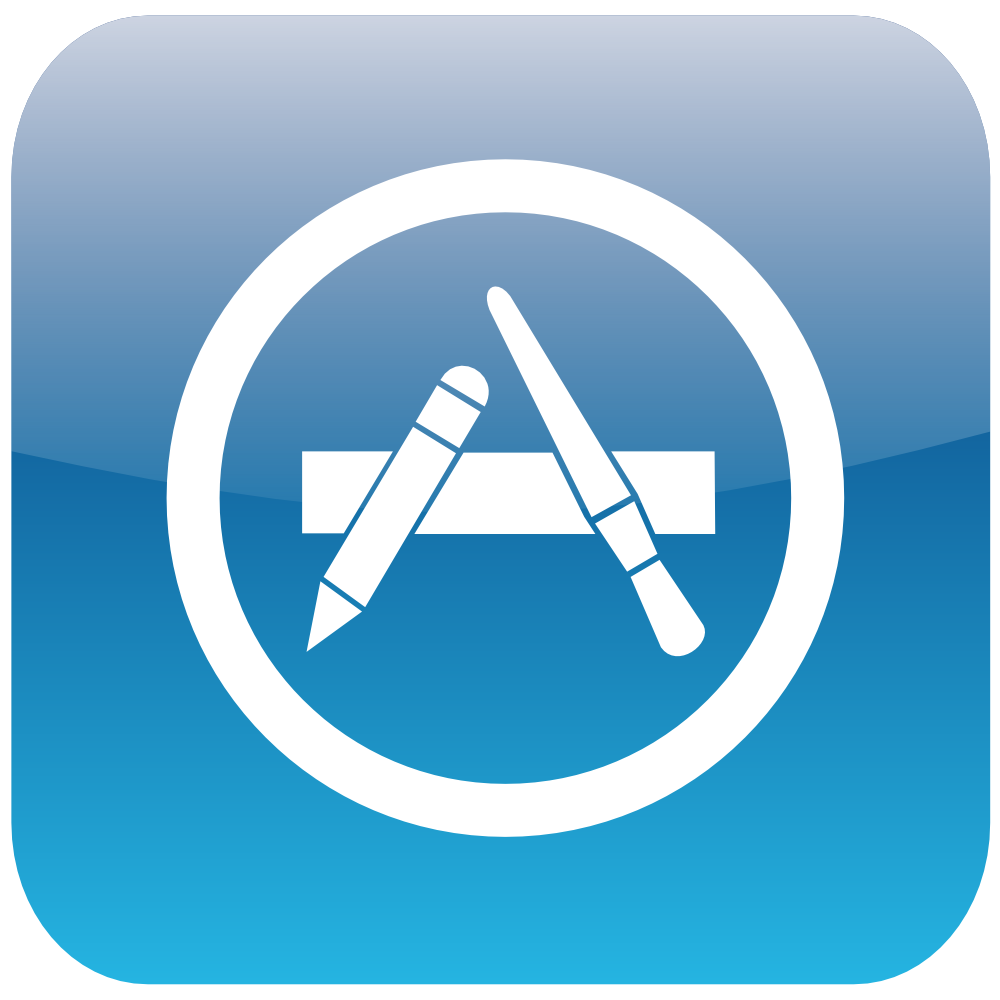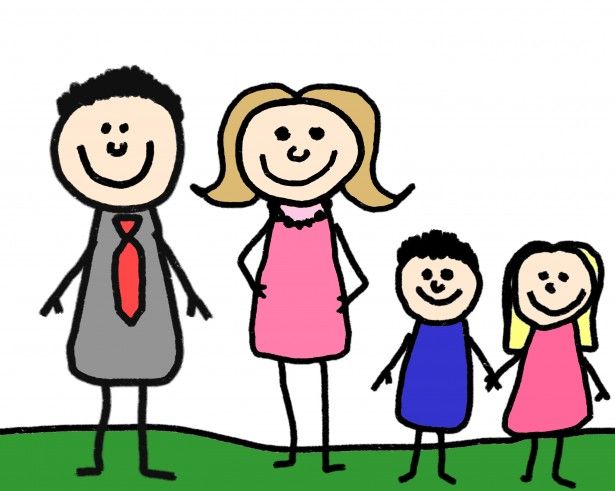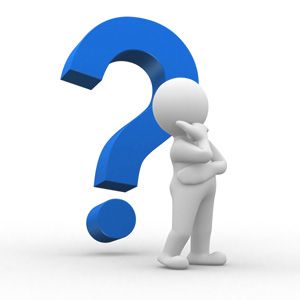This is a collaborative space (inside an open-access tool called YARN) that allows university and museum project team members to communicate with each other as we draft the bid. It is a closed site, so please do not share the url to access it beyond the team. You can use the 'notes' facility to comment on anything written here, to ask/respond to questions, and to communicate with each other, as well as with me. You can also post pictures, audio, video etc.
I'll add to it as things progress, but meantime I've posted the material I sent you on the project activities response form to get us started. It's also the piece of software that we might look to tweak to help us with the website. It's fairly intuitive (I've just taught myself to use it!), it's good for telling and sharing stories, and it was collaboratively designed with communities, so it should be user-friendly. See what you think ...
DIGITISATION
As you know, we plan to digitise the majority of the holdings of the LAVC which we think will be of interest to our five museum partners. These include audio recordings, fieldworkers’ notebooks, dialect word and pronunciation maps, photographs, and miscellaneous other material such as special topic studies. We are currently costing this part of the project.
Some museums have mentioned that they have their own collections of e.g. audio materials and photographs that they might like to see digitised as part of this project. Obviously, we need to ensure that the project is coherent and that any extra digitisation we do complements the LAVC’s existing holdings and the project’s overall aims, so these materials would have to be considered on a case-by-case basis.
EMBED LAVC MATERIALS IN MUSEUMS
Once materials are digitized, we will work with partner museums to embed them within in ways that enhance your current collections and displays, provide meaningful visitor information and experiences, and facilitate public engagement activities that allow the project to collect new data on dialects and heritage from visitors. Previous email and face-to-face discussions have outlined the sorts of resources the LAVC contains that we think best match your collections, museum location, and interests. We will carry out a more detailed resource matching exercise a little later on, but hopefully we’ve given you a flavour of the riches the LAVC has to offer.
PUBLIC ENGAGEMENT ACTIVITIES
These are the means by which the project will collect new language and heritage data. They will allow people to explore their cultural heritage, and to contribute their own language and stories to the project via enactive engagement activities – e.g. groups of visitors often have interesting conversations (which wouldn’t happen otherwise) because they have encountered an object or a recording within the museum space. How can we capture that information or encourage people to share it with us? How might we best use these PE activities, and the opportunities presented by putting the LAVC materials into the museums alongside the physical objects to which they relate? How do we want to exploit the power of language to connect people with place and history to collect dialect data from our visitors whilst enriching the visitor experience?
These are envisaged as a combination of focused activities (such as invited families, volunteer-led fieldwork, roadshow events) and all-comers activities (where visitors – from wherever and with multiple backgrounds) are invited to give materials to the project. We could think about using the truly local material (historic from LAVC and current via new data collection with focused local groups) as a control, which can be put into the museum and against which visitors can compare their own usage, and then choose to give this to the project via public engagement activities in the museum or online. This would give us a past and present comparison at a local level, and local vs. national comparisons for historic and current stuff. It also means that the public engagement activities would have a legacy and be meaningful (see Paul Hamlyn Foundation reports on improving community engagement – some of the museums have valuable experience gained as part of this initiative). We could usefully train up project ambassadors (see adjoining section) to help with these activities.
COMMUNITY AMBASSSADORS
The project will train up museum volunteers (and possibly others) to be community ambassadors, with consequent skills and engagement benefits for them and sustainability benefits for the project beyond period of initial funding. The ambassadors will work within local communities, helping local groups, individuals, and families to rediscover and engage with their own cultural heritage, and that of others. So, they might undertake dialect fieldwork and create new oral history/dialect recordings. Essentially, I’m proposing that we operate a distributed fieldwork methodology using local dialect speakers rather than academic outsiders. These individuals could also be valuable consultative partners in the development of the website and app – i.e. applying co-creation principles.
PROJECT WEBSITE
I’m currently talking to software developers about the website. As discussed, we are aiming for a cool, user-friendly, attractive multimedia website (i.e. not a boring academic one!) that does three key things: allows users to explore the digitised materials for themselves in intuitive and engaging ways; allows users to upload new materials they wish to give to the project, so we can crowdsource new data via the website; brings the digital and non-digital collections, visits, and experiences into productive dialogue. So, the website functions both as a digital gateway to the collection, but also as an additional interactive space beyond the museum walls. Some digital visitors may see this as a standalone resource, but we also want to support people who have been to the museums and want to extend their engagement when they go home. For the latter, we could invite them to ‘sign up’ for this extra content as a supplement to their museum visit.
I anticipate the website being explorable via maps, timeline, thematic areas (e.g. blacksmithing, agriculture), and people/family connections. Ideally, it will offer people the opportunity to download customized maps, family trees, timeline etc. It may also have a social media component, using a tweaked version of the YARN tool that we’ve been using to have online discussions. We could think about building in some crowdsourcing transcription tools to try to involve visitors and volunteers in transcribing audio materials, and keep costs down. The digitised materials will live in the University’s digital repository, so that we can support longevity and sustainability without museum partners having to bear the costs. The website will link through to this secure environment.
PROJECT APP
We could also use GIS and other technologies to power an App that allows people to investigate the local language and cultural heritage of the place they are visiting. We may also be able to use it to: enhance the visitor experience via audio etc. at key locations during their visit; collect new data – e.g. people in the museum, presented with LAVC and artefact stimuli have opportunity to upload their own responses using the app (audio, visual, text etc); after their visit, people can upload stuff via the app from home. The app would work via visitors’ mobile phones or at designated online access points in the museums. Many of you have site maps of your buildings that might lend themselves to this sort of treatment.
FAMILY LANGUAGE ANGLE
In addition to our desire to put the LAVC materials back out into the communities from which they were collected, and to enrich the museums’ collections by complementing them with dialect and other materials from the LAVC, obviously the University has to be able to derive some meaningful research activity from the project. One of the things I am particularly keen to explore is how families use/maintain dialect, and the fact that words are often ‘kept in the family’, even though they may be at odds with the language used by people from the surrounding area. I’ve previously mentioned that I have some Gaelic words ‘inherited’ from my grandfather, who I never met, but passed on through my mother, and the language she used to us as children. As a lowland Scot, I shouldn’t have these words, but I do, and most people I’ve spoken to can cite similar examples from their own experience. So, I’d like to ensure that we build into the project ways in which visitors can share their family language insights with us. In addition to providing us with useful research data, I see such activities as presenting valuable opportunities for people to discuss their own family language in ways that are enriching and fulfilling for them, and support those really important conversations about cultural and family heritage that might not happen otherwise. It also provides a useful point of coherence across the project and museums. If you like, it takes the vernacular cultural heritage scattered one stage further: the family-based cultural heritage that we each carry within us.

